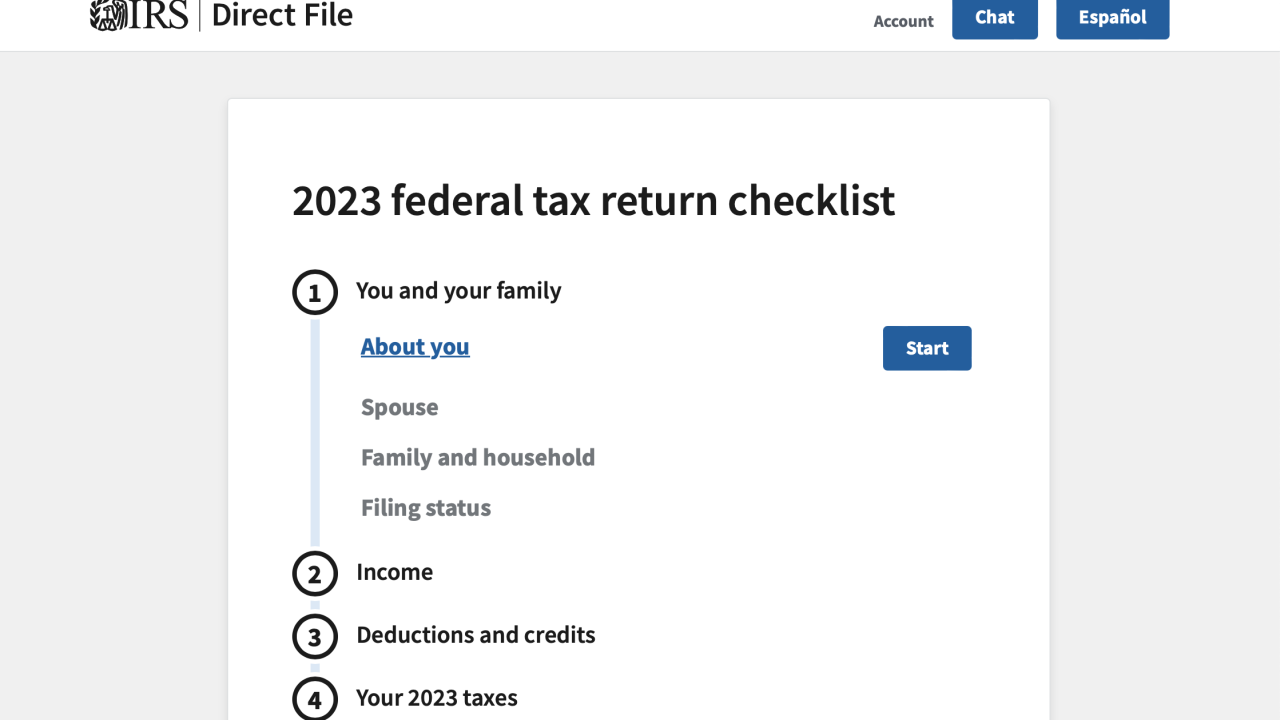Have you ever heard of Satyam Computer Services? It was one of the leading IT companies in India until it became the center of one of the country's most notorious corporate fraud scandals. In 2009, its founder and then chairman, B. Ramalinga Raju, admitted to inflating the company's revenue and fabricating a cash balance of more than
As you might expect, the tale took a downturn: Satyam's shares plummeted, and the company was delisted from both the Indian and New York stock exchanges.
What's the key takeaway from the Satyam scandal? Transparency and honesty play a crucial role in maintaining investor trust. It also highlighted the need for companies to have robust internal controls in place, including regular audits, checks and balances in financial reporting, to detect and prevent fraudulent activities.
Fortunately, in the present business landscape, organizations can leverage innovative solutions, such as artificial intelligence (AI) and automation software. This way, they can ensure financial transparency, keep themselves off the list of fraud-related scandals, and build trust with investors. Let's explore how.
AI's impact on financial transparency
Collins, the dictionary publisher, has crowned
Now its dominance has started to expand to the financial landscape, helping companies boost transparency.
Through its capability to analyze extensive datasets, AI provides accounting departments, stakeholders and investors with insights into financial trends and potential risks. What's more, AI algorithms can detect unusual patterns and anomalies in financial transactions, allowing decision-makers to flag these activities for further investigation, bolster transparency and contribute to a more secure financial environment.
Implementing AI systems can help companies comply with regulations as well. An e-commerce company, for instance, can leverage AI to track and verify its pricing strategies against consumer protection laws. This transparent approach ensures compliance and builds trust with customers.
Automation's contribution to data quality
Gone are the days when accounting teams used green bar paper and calculators to produce financial statements. Now, with the automation of accounting processes, businesses of all sizes can generate financial reports in seconds while increasing efficiency and reducing the risk associated with human errors and manual entries.
Added to that, automation tools can provide real-time updates to accounting records. This allows accountants to seamlessly access and work with the most current data, which is critical for business growth for several reasons.
First, access to the most current data enables accountants and decision-makers to make timely and informed choices. Second, it ensures the organization's financial reporting is in accordance with the latest standards. Third, having real-time updates simplifies the audit process. This not only reduces the time and money spent during the process but also enhances the organization's reputation for transparency and accuracy.
What should companies consider before implementing innovative accounting solutions?
Without a doubt, technology will only become more prevalent in the world of accounting in 2024, which will bring more changes to the regulatory environment.
For starters, data protection laws, such as the
Even though it is challenging to navigate these constantly changing waters, organizations can build legal compliance teams to interpret and implement new regulations effectively. Plus, they can proactively engage with regulators and participate in industry discussions to stay ahead of regulatory changes.
Moreover, while the use of technology enhances efficiency and boosts financial transparency for companies, it exposes them to heightened cybersecurity risks. That's why staying abreast of cybersecurity standards and regulations is not open for discussion.
Compliance with these standards helps enterprises protect sensitive information, such as transactions, account details and financial statements, and maintain customer trust. Conducting regular security audits, employee training and developing incident response plans are some of the best practices to achieve these goals.
Last but not least, there is an increasing focus on the ethical use of technology. Therefore, working with finance professionals, IT experts and stakeholders can help organizations set the benchmark for what is acceptable and what is not, demonstrating a commitment to the responsible use of cutting-edge accounting tools.
Financial transparency is one of the most essential components of a thriving business. When companies can accurately portray their financial health, it becomes easier for them to establish credibility, build relationships with stakeholders and access capital. Conversely, the absence of transparency can lead to outcomes reminiscent of the Satyam scandal.
The good news is that technological advancements are empowering businesses of all sizes to generate financial reports in seconds, reduce errors, increase efficiency and meet regulatory requirements. This, in turn, enables businesses to foster a culture of transparency.





